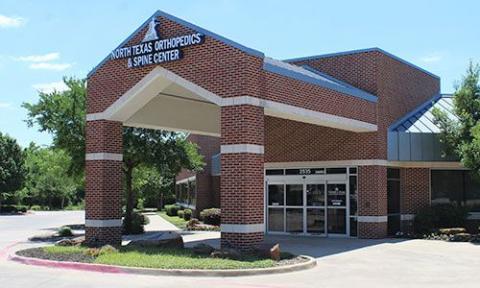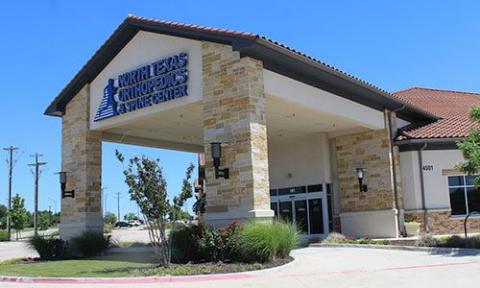Understanding Posterior Tibial Tendon Dysfunction (PTTD): Causes, Symptoms, and Treatment
Posterior tibial tendon dysfunction (PTTD) is a common condition that affects the tendon responsible for supporting the arch of the foot. When this tendon becomes inflamed, stretched, or torn, it can lead to progressive flattening of the foot and impair overall mobility. In this blog post, we will explore the causes, symptoms, treatment options, and recovery process for PTTD.
What is Posterior Tibial Tendon Dysfunction?
PTTD occurs when the posterior tibial tendon, which runs along the inside of the ankle and foot, fails to function properly. This tendon plays a crucial role in supporting the arch and stabilizing the foot during walking. Dysfunction can lead to flatfoot deformity and increasing pain if left untreated.
Causes of PTTD
PTTD can result from:
- Overuse: Repetitive stress from activities like running or walking can weaken the tendon.
- Injury: Trauma to the ankle or foot may damage the tendon.
- Age-related degeneration: Tendons lose elasticity and strength over time, increasing the risk of dysfunction.
- Chronic conditions: Obesity, diabetes, or inflammatory conditions like rheumatoid arthritis can contribute to PTTD.
Symptoms of PTTD
PTTD often develops gradually, with symptoms including:
- Pain and swelling along the inside of the ankle or foot.
- Difficulty standing on tiptoes or walking long distances.
- Flattening of the arch, leading to a flatfoot appearance.
- Outward rolling of the ankle (overpronation).
- Increasing discomfort during physical activity.
Stages of PTTD
PTTD progresses through four stages:
- Stage I: Inflammation and pain with no structural deformity.
- Stage II: Progressive flattening of the arch and tendon damage.
- Stage III: Severe flatfoot deformity and joint stiffness.
- Stage IV: Ankle involvement with significant joint degeneration.
Diagnosing PTTD
A healthcare provider can diagnose PTTD through:
- Physical examination: Assessing foot shape, mobility, and tenderness.
- Imaging tests: X-rays, MRI, or ultrasound to evaluate tendon damage and foot alignment.
Treatment Options for PTTD
Treatment depends on the severity of the condition:
Non-Surgical Treatments
- Rest and immobilization: Using a brace or cast to allow the tendon to heal.
- Orthotics: Custom insoles or braces to support the arch and reduce strain on the tendon.
- Physical therapy: Exercises to strengthen the posterior tibial tendon and improve flexibility.
- Medications: Anti-inflammatory drugs to reduce pain and swelling.
- Lifestyle modifications: Weight management and activity adjustments to reduce stress on the foot.
Surgical Treatments
Surgery may be necessary for advanced cases or when conservative treatments fail. Options include:
- Tendon repair or reconstruction: Fixing or replacing the damaged tendon.
- Osteotomy: Realigning bones to restore proper foot structure.
- Arthrodesis: Fusing joints to stabilize the foot in severe cases.
Recovery and Rehabilitation
Recovery from PTTD treatment varies based on the method:
- Non-surgical treatments: Improvement may take weeks to months with consistent therapy and use of orthotics.
- Surgery: Full recovery can take 6-12 months, with physical therapy playing a critical role in regaining strength and mobility.
Preventing PTTD
To reduce your risk of PTTD:
- Wear supportive footwear during activities.
- Avoid repetitive stress on the feet and ankles.
- Maintain a healthy weight to minimize tendon strain.
- Incorporate strengthening exercises for foot and ankle muscles into your routine.
Conclusion
Posterior tibial tendon dysfunction is a progressive condition that can significantly impact mobility and quality of life if left untreated. With timely diagnosis and appropriate treatment, many individuals can manage symptoms effectively and prevent further progression. If you are experiencing symptoms of PTTD, consult a healthcare provider to explore your options.
For more information on foot and ankle health, explore our blog or schedule a consultation with one of our specialists today.



